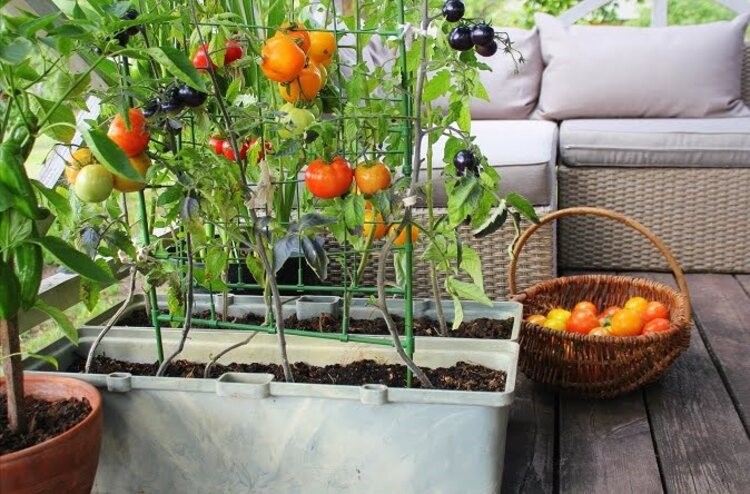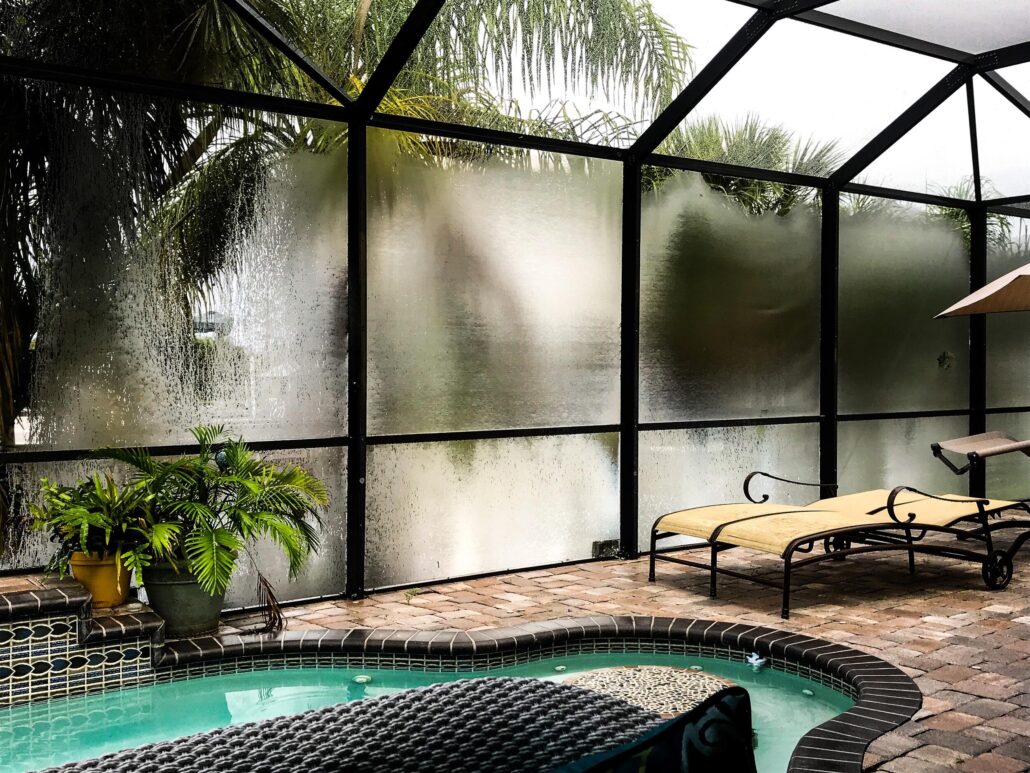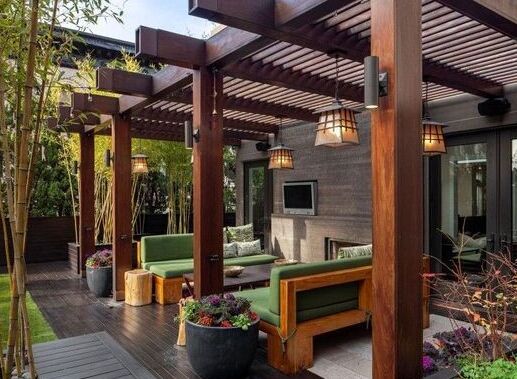How to Install a Kitchen Garden: The Comprehensive Guide
Kitchen garden is rising in prominence for many good things. And here is everything you need to consider if you want to raise your organic food, too!
Organic foods are getting more expensive daily, so everybody likes to practice their skills in kitchen gardening. You can save expenses while enjoying healthy, flavorful vegetables, spices, and fruits from your home kitchen garden. Also, you can be more self-reliant on fresh food, which is always good. So, let’s take a closer look at kitchen gardening and how to start your home kitchen garden in India.
What is Kitchen Gardening?
Kitchen gardening is not like ordinary landscaping. This is owing to the notion that a kitchen garden is often compact yet visually appealing. It goes well with the overall decor of the home. Moreover, this foodstuff is meant for healthy eating instead of being sold. Kitchen gardens are more convenient and affordable for producing food, herbs, and fruits. Not to forget that they are far more visually appealing, owing to the architectural narrative structure that kitchen gardens are known for.
Advantages of Kitchen Gardening
- A kitchen garden is a great way to increase the yield of fresh produce.
- It helps reduce the carbon footprint.
- When you cultivate your food, you understand what goes into it, making it a healthy and nutritious option.
- It is also a great way to get your kids involved in growing food.
- This is a simple and enjoyable way to spend time outside.
- It enables you to make better use of the space outside your home.
Where Should You Install Your Kitchen Garden?
A kitchen garden, like every garden, needs sufficient sunlight. The area you pick for a kitchen garden must receive ample sunlight for at least 4 to 5 hours daily.
Below are several places where you could start your kitchen garden at home:
1. Backyard
If you have a large backyard, it would be better to install a small kitchen garden. Due to its accessible & direct exposure to sunlight, irrigation, and various other necessities, it is a great place to start your home kitchen garden. The area of your backyard is insignificant since you can choose a piled vegetable garden. The walls will be covered in sections of vegetation (also known as vertical gardening). This saves room and enhances the visual appearance of the area. That said, it will be a bit difficult to maintain a backyard garden, but it will allow you to grow a wide range of vegetables, fruits, and herbs.
2. Terrace
Another excellent location for a kitchen garden is on the terrace of your house. You can easily find a space for a kitchen garden in this area. Since it is exposed to the sun all day, it will be a great place to start your kitchen garden. You can even add a small fountain in the garden to make it more aesthetically pleasing.
3. Patio
If you have a patio, it would be ideal for installing a kitchen garden there. It’s perfect for cultivating a wide range of veggies, crops, and herbs. It has all the necessary facilities for gardening, including soil, water, and sunlight. They are spacious and provide ample light for plants to grow.
4. Window ledge
If you have limited space, window sills offer a desirable location for your kitchen home garden. You’ll enjoy fresh vegetables and make even the most basic place seem fantastic.
5. Balcony
You could install a kitchen garden on your balcony whether you reside in a flat or condominium. A balcony is perfect for a kitchen garden because it is easily accessible and requires minimal maintenance. You can even install a small kitchen garden on a balcony without compromising on the area’s look.
6. Containers
You can still cultivate a kitchen garden within a container when you may not have a good area for one. Containers are easy to move around, so you can quickly relocate them from one spot to another. You can also buy containers for your kitchen garden from online stores. But make sure to keep two things in mind:
- Adequate space for the plants to thrive
- Containers should have drainage holes to prevent water from accumulating in the pot.
Use of Soil
The cornerstone of your kitchen garden is soil. Soil should be made of organic matter, which means it should contain plenty of nutrients and be well-drained. You could either purchase the compost pile from a store or online or end up making your own. You’ll have to learn how to cultivate the soil for your garden. Remember that the usual mix is a 1:1:1 ratio of manure, cocopeat, and garden soil.
Knowing the type of soil, you need to buy is essential since it is directly related to the kind of plant you wish to grow. You can choose between a mix of sand and pebbles, soil, and compost. The soil is essential for growing vegetables and other kitchen garden plants. Compost helps retain moisture and provides nutrients to the soil.
If you’re using containers, add several stones or crumbled thermoplastic composite bits to keep them and avoid blocking. Drizzle little water on the soil before planting seeds and vegetables. You have to water the plants once a day to keep them healthy. Overwatering, however, can lead to rot.
Everyone has to be aware of these kitchen garden ideas
1. A Kitchen Garden entry should be made
You have the option to grow plants vertically and also horizontally when gardening in an occupied chamber, so you can utilise these techniques as one of your designs to divide your kitchen garden ideas from the rest of your house. To make more area for plants on the ground surface, arcades and pergolas can be utilised to support climber plants like beans or even pumpkins.
2. Kitchen Garden arrangement is important
The best and most effective way to organise your garden is by using containers and pots. You could be as innovative as you want to be and fit several plants in one pot, which allows you to line the garden area in the most appealing way. Additionally, this will encourage the use of several plants and creative small-space utilisation.
3. Select Kitchen Garden plants that also look great
A bonus mark is given to plants that are simple to grow and even look good in a small space. In addition to the kitchen area, you may grow them in flowerbeds or in planters as a stand-alone feature.
Swiss spinach is the greatest type for flavour, as well as being the one that gives you a sufficient quantity of greens all year long. Its magnificent deep red and yellow stems appear so lovely that they are frequently cultivated as an aesthetic plant.
Furthermore, beetroot is yet another attractive kitchen garden plant with similarly magnificent red-veined leaves that requires very little work to cultivate.
Pick your favourite from juicy strawberries, beautiful tomatoes, and attractive herbs for the best home cooking experience.
4. Set Up A Personal Herb Garden
The majority of herb garden ideas are low upkeep, do not even occupy much area, give an immediately calming pleasant fragrance, and look beautiful as well, making them an instant improvement to your kitchen garden.
The ones that are the simplest to cultivate are peppermint, basil, parsley, thyme, and rosemary. You can simply leave even the most basic soil types alone to do their thing.
Although these are equally simple to cultivate, chives (which have the extra benefit of having purple pompom flowers), mint, and coriander prefer moisture absorption environments. They will love to be placed in a shaded window space.
5. Improve the Soil
Compared to blooming plants, vegetables consume the soil somewhat more quickly, so if you want better crops, you should replenish the soil. Use fertilisers to top off the micronutrients after enriching your soil with well-rotted manure and compost.
Thoroughly research the preferred type of soil for the veggies you are planting. You’ll require granular, well-drained soil for root vegetables, such as carrots. Soil that is too moist or dry will affect the growth of the veggies.
Vegetables Raised in a Kitchen Garden
Do you wish to create a vegetable garden of your own? So here are a few examples of veggies you can cultivate:
1. Beans
You can grow beans indoors or out. You either cultivate them from scratch or sow pre-grown seeds. If starting from scratch, ensure the soil is kept damp and warm. The seedlings will sprout in about ten days.
2. Broccoli
Broccoli is an excellent weather crop that needs a lot of sunshine and warmth. To grow broccoli, choose a sunny window or balcony. Keep the soil moist but not soggy. After the plants reach the size of 1.5 inches, you can transplant them into a larger container.
3. Tomatoes
One of the most popular veggies to grow in a kitchen garden is tomatoes. They require specific producing environments, including heat, light, and moisture. Tomatoes are also very versatile in terms of taste and flavor. The best part about growing them in a kitchen garden is that you don’t have to spend much money on them. Seeds must be planted inside and then transplanted outside when they are ready. Once they are out, you will need to give them lots of sun and water.
4. Peas
Peas are another favorite among kitchen gardeners. They’re a good supplier of high-fiber foods. You can sow them directly in the ground or start them indoors and transplant them outdoors once they are ready.
5. Potatoes
Potatoes are among the most common vegetables to cultivate in a kitchen garden. They’re also one of the most uncomplicated plants to grow. They are very forgiving of conditions, and you can grow them in various soils.
They need moderate sunlight and a lot of water to thrive. Potatoes are best grown in a greenhouse or a sunny window. Next, you will need to plant them in the soil and cover them with mulch.
6. Onions
Onions are ideally planted between the period of August and October. To produce a fresh batch of fungicide-free onions:
- Put onion seedlings in a sunny place in well, fertilized soil.
- Plant the seeds in the ground 1 inch deep.
- Keep a half-inch or greater spacing among each source.
- Whether placing columns straight in the yard, leave at least 1.5 to 2 feet between columns.
Onion seeds generally mature in 7-10 days.
Herbs to Plant in the Kitchen Garden
1. Rosemary
Rosemary is one of the most versatile herbs used in cooking, baking, and even as a breath freshener. This is one of the most popular herbs in the kitchen garden because of its wide range of uses. It is an excellent addition to the kitchen garden as it can grow in almost all climates. You can grow this herb in a sunny location.
2. Thyme
Another herb that could be cultivated in a kitchen garden is thyme. It is often used in soups, stews, and other dishes. This herb can be grown in a sunny location and pots or planters.
3. Peppermint
This hardy perennial herb grows in moist soil and is best planted in the spring. It grows well in a sunny location and needs a lot of water. It can be cultivated either in containers or in the ground. Peppermint is used in culinary and natural medicines and has a sweet scent.
4. Basil
Basil is an aromatic herb that is used in cooking. It is also known as sweet basil. It is a hardy herb that grows well in hot and cold weather.
Kitchen Garden Ongoing maintenance
1. Watering
Watering is crucial for efficient plant growth. Keep in mind the soil is damp but not soaked. Use a drip watering device to irrigate your plants.
2. Mulching
Mulching is an integral part of kitchen gardening. The mulch maintains the soil’s warm and hydrated while cultivating root crops; this is crucial.
3. Fertilizing
Fertilizing is a must when growing vegetables. Fertilize your plants once every two weeks. You can apply fertilizer to the soil, the leaves, or both. Fertilizers can be bought from the store.
4. Weeding
Weeding is a vital part of kitchen gardening. It is essential to weed regularly to prevent weeds from taking over your kitchen garden.
5. Pest Control
Pests are always a problem in the kitchen garden. Using pest control measures, keeping the pests away from your plants is vital.
Conclusion
The kitchen garden is a great way to add fun to your home. It is also an excellent way to get fresh produce for your family.




























 1. Add a water feature to your lawn
1. Add a water feature to your lawn 5. Create a path
5. Create a path 10. Plant a trees in the front of your property
10. Plant a trees in the front of your property 14. Add some potted flowers to your deck or porch railing for color
14. Add some potted flowers to your deck or porch railing for color
